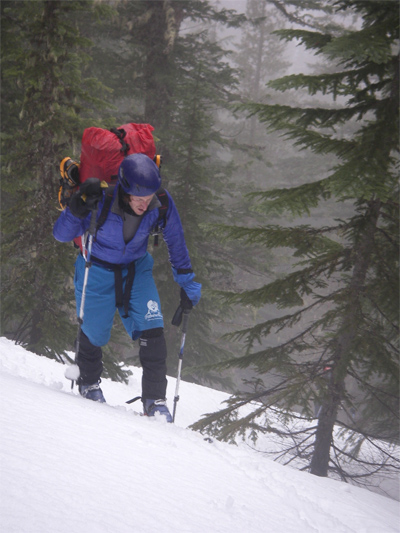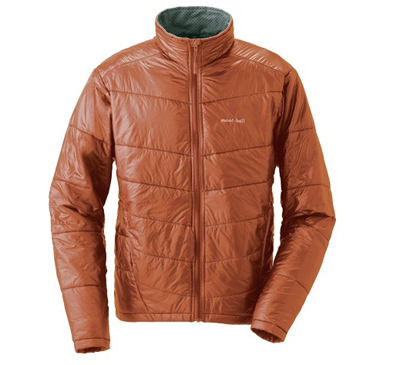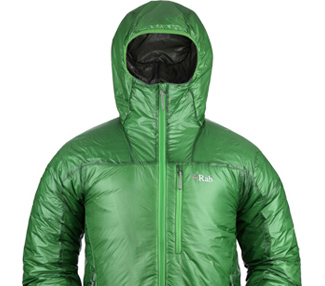By JASON MAGNESS
The grainy YouTube video below in this column, shot in 2008 and hack-edited together with available footage and still photos, reveals a misadventure led by my brother, Andy Magness, where a small group of adventurers (myself included) set out on a “mission” to trek deep into the Montana wilderness, climb a peak, descend off the backside, float a class V river, then bike back to civilization. . . all with no tent, no sleeping bags or pads, only five pounds of food, pack-rafts, break-apart paddles, and, well, perhaps you get the picture. Watch it when you get a sec. There’s some powerful youthful energy here I still love.
Getting to the point of this column: On ultra-light, extreme trips like this (which I am known to concoct) we bring very little gear, almost nothing at all. But we do always bring a few items, and today I want to dissect the piece of the kit we call the “suffer suit.”

Ultra-endurance feats require suffering. Often times, in the depths of it, we’re wet and cold and exhausted. But our “suits” — synthetic-insulation-filled jackets and pants — allow us to suffer through almost anything with a modicum of warmth and protection from wind.
Even when wet, these outerwear products offer some warmth. When dry and under a shell jacket, they are toasty as can be. In short, they are indispensable for any deep wilderness adventure in my opinion. I never leave home without them.












